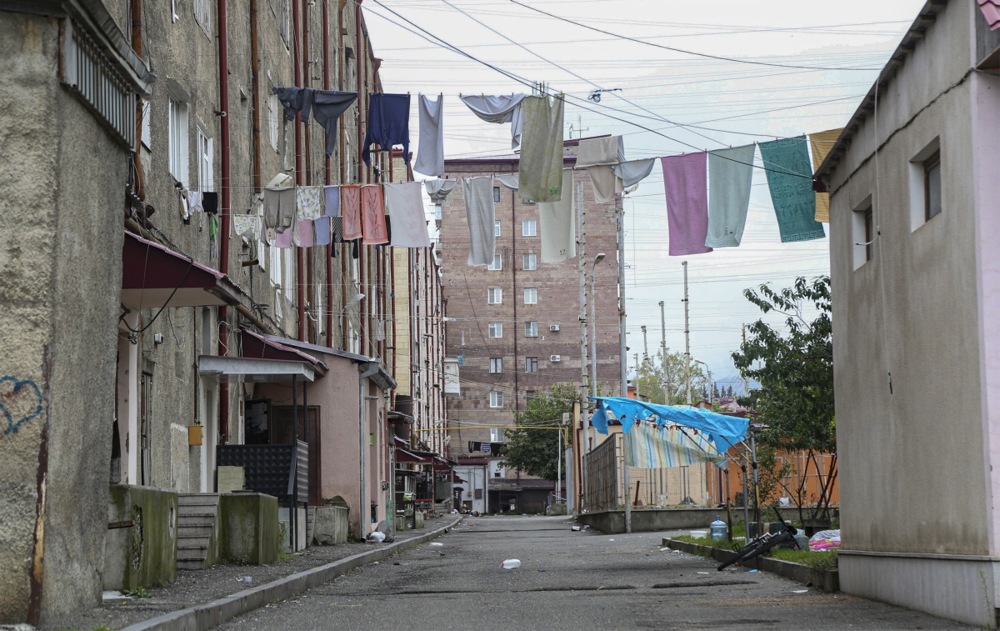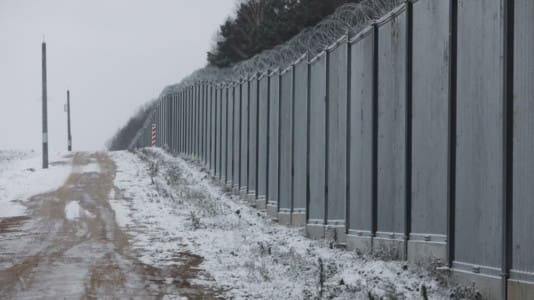We have only just digested photographs showing a deserted capital of Nagorno-Karabakh after the Azeri takeover, and we are into a far bigger and more dangerous conflict involving the attack on Israel by Hamas — an attack marked by the massacre of civilians and taking of hostages, confirming the terrorist rather than military nature of Hamas.
In between these two events, Vladimir Putin made a speech in which he announced the end of Western hegemony, echoing the threat made by the Chinese of the creation of a new world order. In this way, it seems that the war in Ukraine, the ethnic cleansing in Nagorno-Karabakh, and the attack on Israel are all interconnected.
More is to come.
This new world order is being designed by the revisionists from Russia, Iran and China. It is a return to a state of nature with the force of arms becoming an instrument for realizing political objectives. In this new world, smaller nations and states are merely pawns in the game being played by superpowers. Those who do not have the courage or the resources to defend their borders and territories will be destroyed, and their populations will be butchered or taken hostage. Brute force is returning as a ruthless instrument of international politics.
No need to convince Ukrainians of that vision. Now, Armenians and Israelis are being subjected to the same medicine. An ominous shadow of this new world order is being cast over all those who live in places where the superpowers are confronting each other. The Baltic states, Poland, Finland, and Romania know this only too well.
Unfortunately, not all in Europe understand the change taking place and the serious consequences it entails. Brussels and many other European capitals think that they only need to worry about the next wave of migration or problems with supply chains, in other words, problems that can be addressed by technocratic solutions. It’s a classic example of failing to see the forest for the trees.





